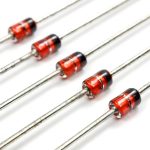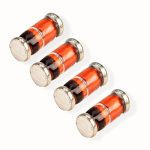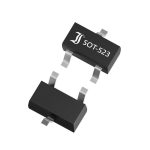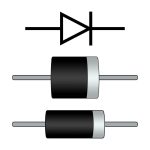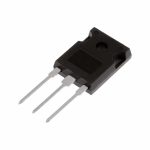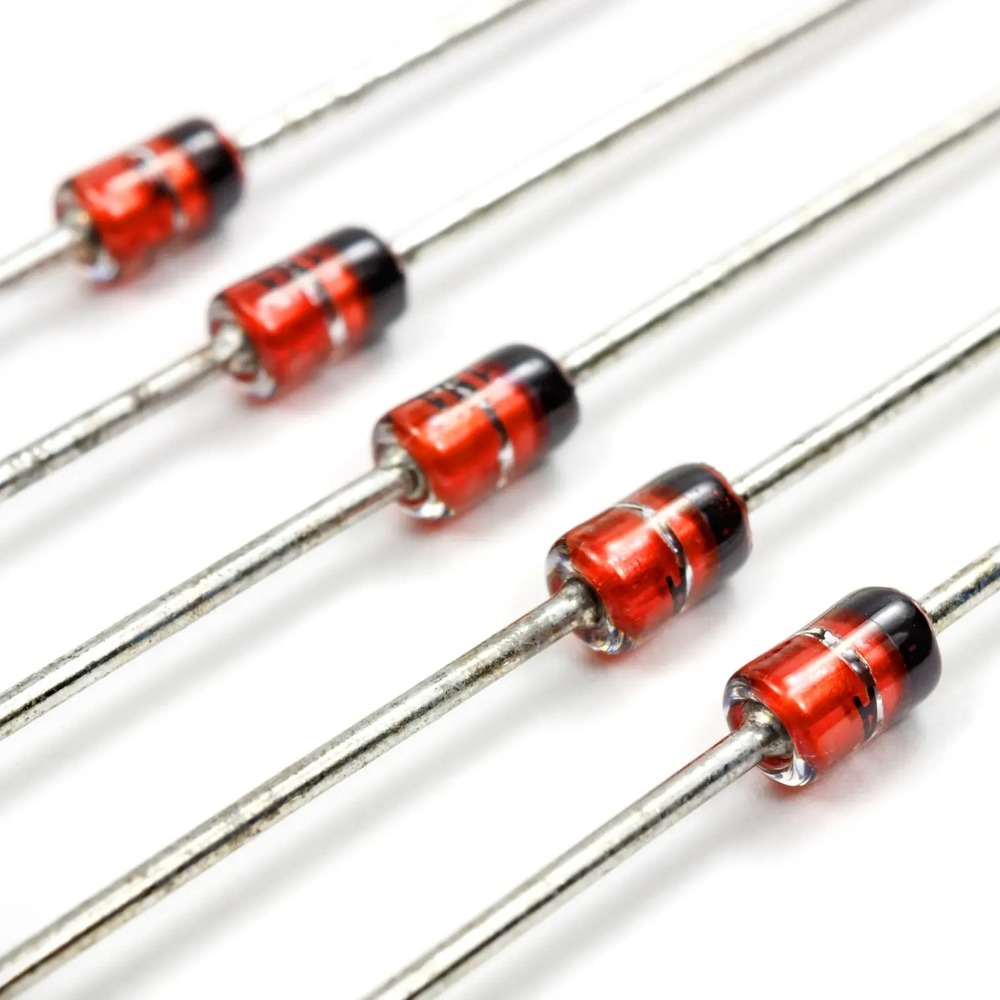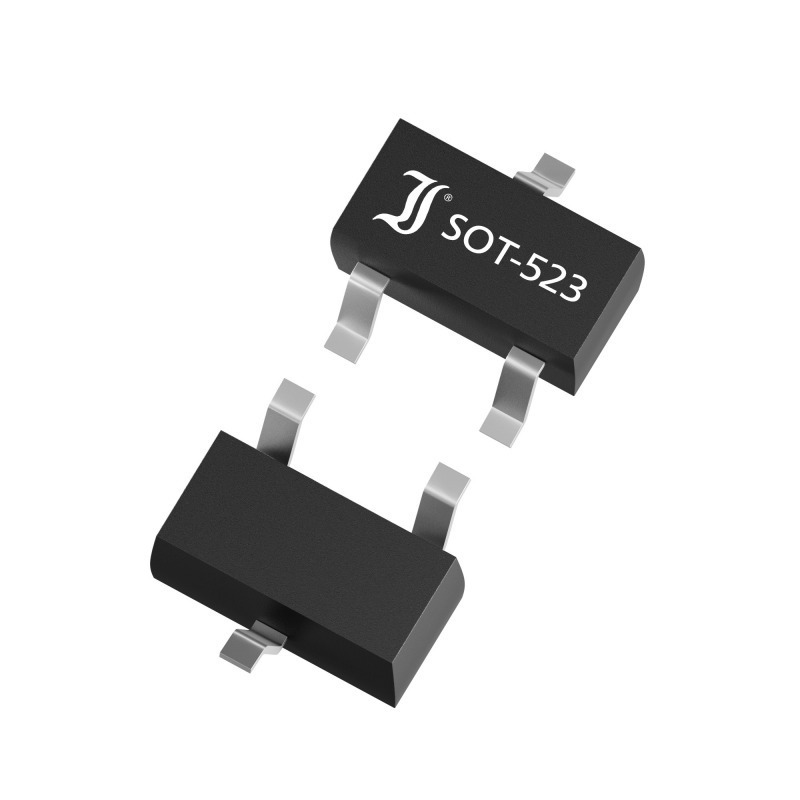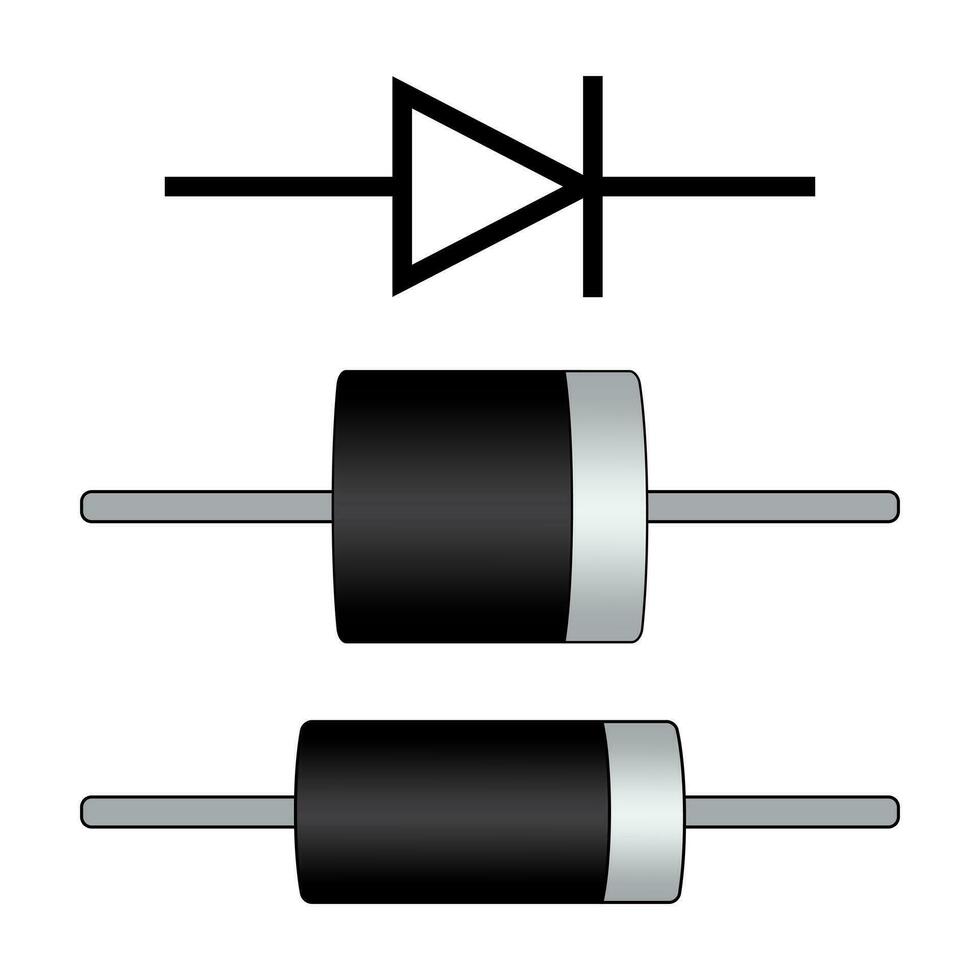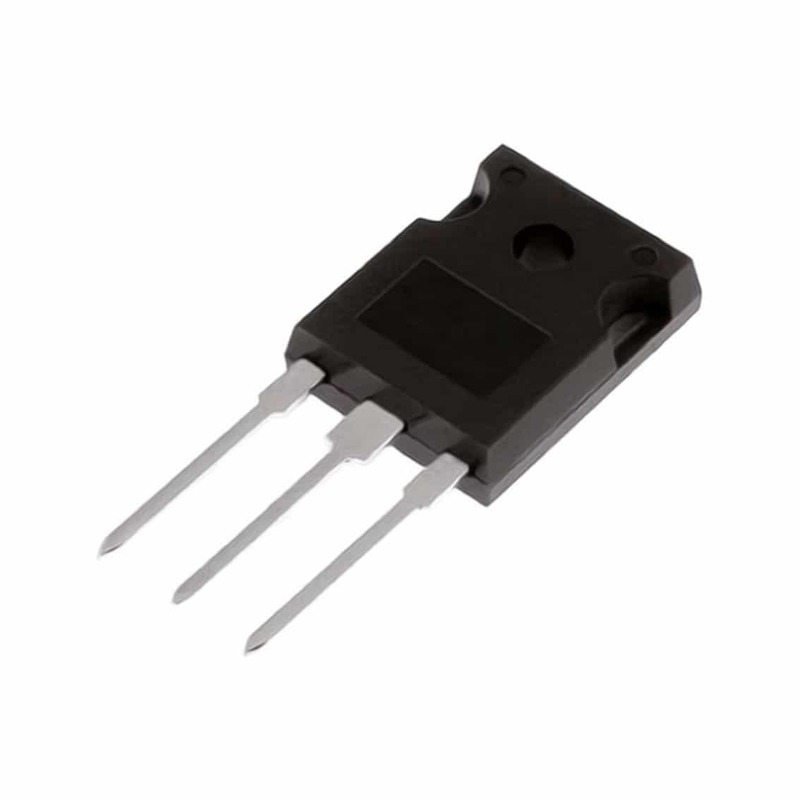Introduction to Zener Diode Breakdown Voltage
Understanding the Zener diode breakdown voltage is key to using these devices effectively. This voltage, or ‘Zener voltage,’ defines the moment a Zener diode allows reverse current flow. It’s crucial for voltage regulation and protection roles in circuits. Let’s delve into what it means and why it matters in electronic design.
What is Zener Breakdown Voltage?
Zener breakdown voltage is the specific reverse bias voltage at which a Zener diode starts to conduct current. This feature enables it to stabilize voltages, a reason it’s widely employed in electronic circuits. The breakdown voltage is a finely tuned parameter and varies from diode to diode based on their intended use.
How is it Determined?
Manufacturers set the Zener breakdown voltage during the production process by controlling the level of doping. The doping affects the diode’s threshold for conducting in reverse, making it a customizable property based upon circuit requirements. That makes the Zener diode versatile for a range of applications.
Importance in Circuit Design
Engineers count on the Zener breakdown voltage for designing reliable and functional electronic equipment. It provides a ‘safety net’ for circuit components, preventing damage from voltage spikes. Also, it ensures a steady voltage supply where fluctuations might otherwise impair performance or damage sensitive parts.
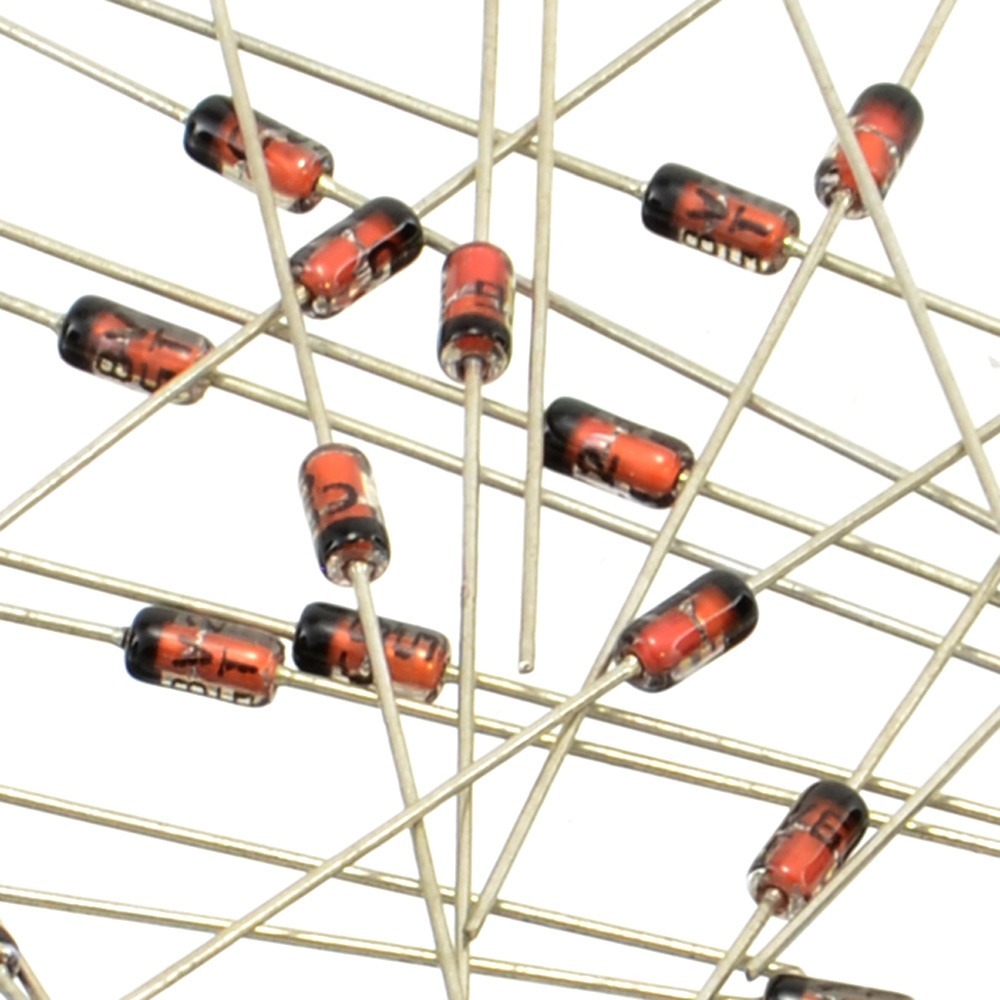
The Fundamentals of Zener Diode Operation
Zener diodes are unique devices that can conduct in two directions. When you apply reverse voltage and hit the Zener voltage, the diode switches to allow current reversal. This switch is the Zener diode’s standout feature and why it’s so important in circuits. It performs in areas regular diodes can’t, protecting against voltage spikes and offering stable voltages for devices.
Understanding the Zener diode needs a look at its ‘works in reverse’ nature. A Zener diode blocks current like a typical diode does in one direction. It’s made to tolerate certain reverse voltages. When the reverse voltage matches the Zener diode breakdown voltage, current flows backward. This process is intentional, unlike with usual diodes, where reverse current can cause damage.
In terms of structure, Zener diodes are made with heavy doping. This doping causes a thin depletion zone. It’s this thinness that lets the Zener diode work at lower voltages than ordinary diodes would break down at. The doping also sets the stage for the Zener effect, essential to the diode’s reverse conductive abilities.
The Zener diode operation involves careful manufacturing. The doping level directly affects the Zener voltage, making precision critical. From small signal to power Zener diodes, different types cater to various needs. Some are even adjustable for added flexibility. They are truly multitasking components in electronic circuits.
Zener vs. Avalanche Breakdown: Understanding the Differences
Zener and Avalanche breakdowns are two vital phenomena in the realm of electronic components known as Zener diodes. Both conditions allow a Zener diode to conduct in reverse bias when the critical breakdown voltage is reached, though they arise from different physical processes.
Zener Breakdown
Zener breakdown is specific to heavily doped diodes with a thin depletion region. When the reverse voltage hits the Zener voltage, an intense electric field empowers electrons to leap right from the valence to the conduction band. This jump occurs even with minor voltage increments, causing a sharp climb in current flow.
Avalanche Breakdown
Avalanche breakdown occurs at higher reverse voltages, typically above 5V for Zener diodes. It’s seen in both regular and Zener diodes. In this case, free electrons gain enough energy to smash into silicon atoms, knocking loose more electrons. This chain reaction causes a dramatic current increase, which the Zener diode is built to handle.
The key difference between the two lies in their causes; while Zener breakdown is quantum mechanical, Avalanche breakdown is a thermally induced event. Zener breakdown dominates at voltages up to around 5.6 volts, but beyond this threshold, Avalanche takes over. Another consideration is temperature dependency; Avalanche breakdown is affected by temperature changes, whereas Zener breakdown is mostly temperature invariant.
Understanding the distinction between these two forms of breakdown is crucial when selecting a Zener diode for your circuit. Proper knowledge ensures that the diode matches the application’s voltage and thermal requirements. Remember, your choice of diode will impact the circuit’s overall performance and longevity.
Characterizing the V-I Relationship in Zener Diodes
When it comes to Zener diodes, understanding their voltage-current (V-I) characteristics is fundamental. These characteristics outline how the diode behaves under different voltages. Above all, they showcase the diode’s ability to stabilize voltage. Let’s explore the key points that make up this relationship.
V-I Curve Explained
The V-I curve is a graphical representation of a Zener diode’s response to voltage changes. This curve is split into two main regions: the forward-bias region and the reverse-bias region. In the forward-bias region, the Zener diode acts much like a regular diode, allowing current to pass when the diode’s threshold voltage is surpassed.
Once the reverse voltage nears the Zener breakdown voltage, the curve takes a sharp turn. At this critical point, known as the ‘knee,’ the diode permits a large amount of current to flow. Despite this, the voltage across the diode stays largely unchanged. This feature is what makes the Zener diode valuable for regulation purposes.
Zener Diode in Forward Operation
In forward bias, current flows easily after a certain forward voltage is reached. For silicon diodes, it’s usually around 0.7 volts. Below this point, only a tiny current, called the leakage current, passes through. But it’s the reverse bias operation that defines Zener diodes.
Zener Diode in Reverse Operation
The key to a Zener diode’s utility lies in its behavior when reverse-biased. Unlike conventional diodes, Zener diodes are designed to conduct electricity at a specific voltage known as the Zener voltage. When this voltage is met, the current dramatically rises but the voltage remains almost static. This is the Zener effect in action and it’s the cornerstone of the Zener diode’s regulatory abilities.
In conclusion, the V-I characteristics of a Zener diode give us a clear picture of its functioning. They illustrate how it can uphold a constant voltage despite fluctuations in current, making it a staple in many electronic applications for voltage regulation. Understanding this relationship is crucial for any application involving Zener diodes.
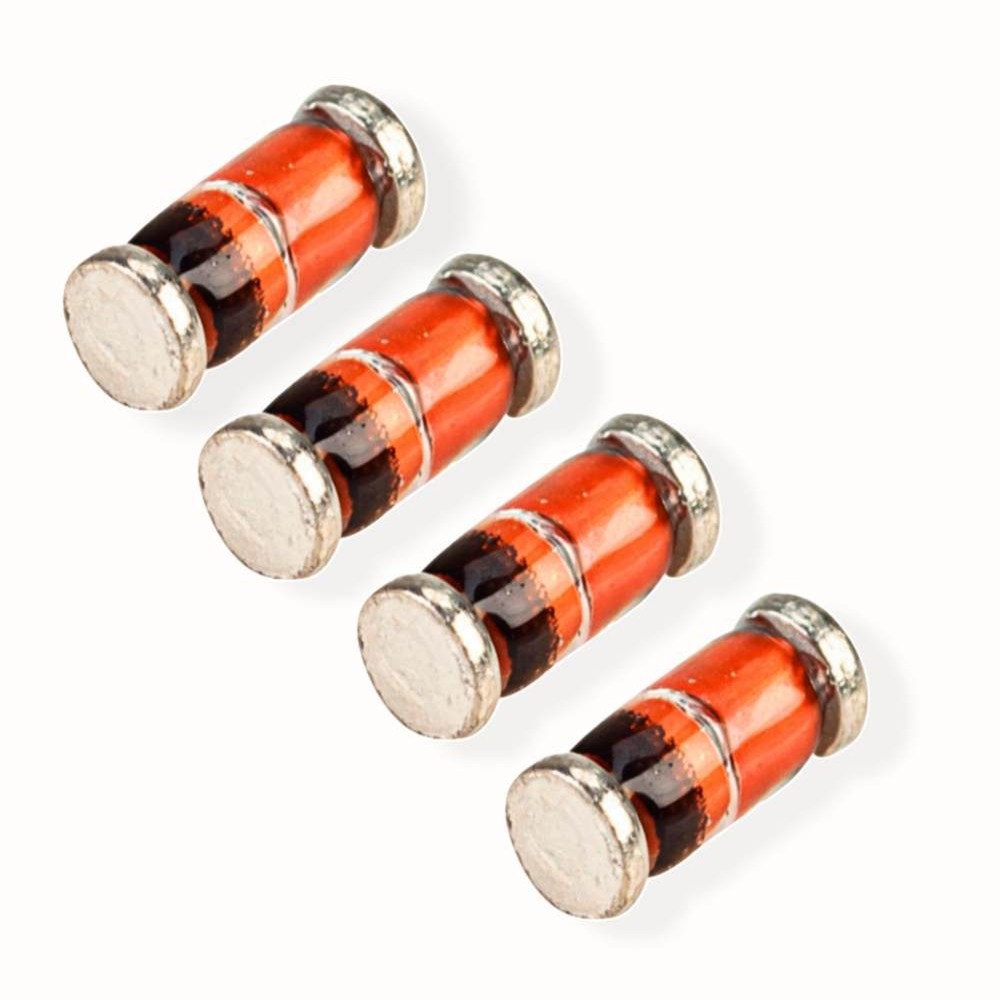
Factors Influencing Zener Breakdown Voltage
Several factors can affect the breakdown voltage of a Zener diode. We’ll explore the primary elements that play a role.
Doping Concentration
One crucial factor is doping concentration. In Zener diodes, manufacturers add impurities to control the voltage at which breakdown happens. A higher doping level produces a lower Zener voltage. Conversely, less doping results in a higher breakdown voltage.
Diode Structure
The diode’s structure influences its breakdown voltage too. Zener diodes have a thin depletion layer due to heavy doping. This thin layer affects the voltage where breakdown occurs. Diodes with different structures can have varying Zener voltages.
Temperature
Temperature is another important factor. The breakdown voltage can shift due to temperature changes. Typically, for diodes with a Zener breakdown below 5V, this shift is downward with rising temperatures. For diodes with higher Zener voltages, it can increase with higher temperatures.
Operating Conditions
The operating conditions, including voltage stress and current levels, can also impact the breakdown voltage. Over time, harsh conditions might alter the diode’s properties. This can change the voltage at which the Zener breakdown occurs.
Manufacturing Variances
Finally, manufacturing variances between batches of diodes can result in differences in breakdown voltages. Even with strict quality control, slight variations from the target Zener voltage can occur.
Understanding these factors is vital for selecting the right Zener diode for your needs. Engineers must consider these influences when designing circuits to ensure diodes perform as expected.
Key Specifications and Parameters of Zener Diodes
In the realm of electronics, Zener diodes are known for their pivotal role in voltage regulation. To select the right Zener diode for a task, you need to know a few key specs and parameters.
- Zener Voltage (Vz): This is the reverse voltage where the diode starts to conduct. It ranges from a couple of volts to hundreds, based on diode design.
- Power Dissipation (Pz): Refers to how much power a Zener diode can handle before overheating. It’s measured in watts (W).
- Zener Impedance (Rz): This is the opposition to current flow within the diode during the breakdown. Lower values often indicate better performance.
- Temperature Coefficient: It expresses how the Zener voltage shifts with temperature changes. For accuracy in varying conditions, this parameter is crucial.
- Current – Maximum and Test (Izm, Iz): Maximum current is the peak that can run through without damage. Test current is often lower, used for validating the Zener voltage.
These parameters are critical for diode performance in any electronic circuit. Using the right Zener diode ensures devices operate smoothly and last longer.
Practical Applications of Zener Diodes in Electronic Circuits
Zener diodes have a range of uses due to their ability to regulate voltage. Here are some practical applications where they are commonly found.
Voltage Regulation
Zener diodes work great for keeping a steady voltage across a device. In voltage regulation, they act in parallel with a circuit. They maintain the voltage level needed, even when supply voltages fluctuate.
Overvoltage Protection
Sensitive circuits need defense against voltage spikes. Zener diodes can absorb the excess, acting as a shield for delicate components. They are often found in surge protectors and power supplies.
Waveform Clipping
Audio and signal processing use Zener diodes to trim waveforms. They clip peak signals to avoid distortion and protect equipment. These diodes ensure signals stay within safe levels.
Switching Operations
Zener diodes can trigger actions at certain voltage thresholds. They switch on transistors or relays, making them useful in control circuits. They are integral in timed or sensor-based devices.
Voltage References
Precision circuits need exact voltage references. Zener diodes provide stable reference voltages, crucial for analog to digital converters. They keep readings accurate and reliable.
Transient Voltage Suppression
Devices exposed to quick voltage bursts rely on Zener diodes. They quickly respond to transients, protecting electronics from damage. Their fast action is critical for many modern devices.
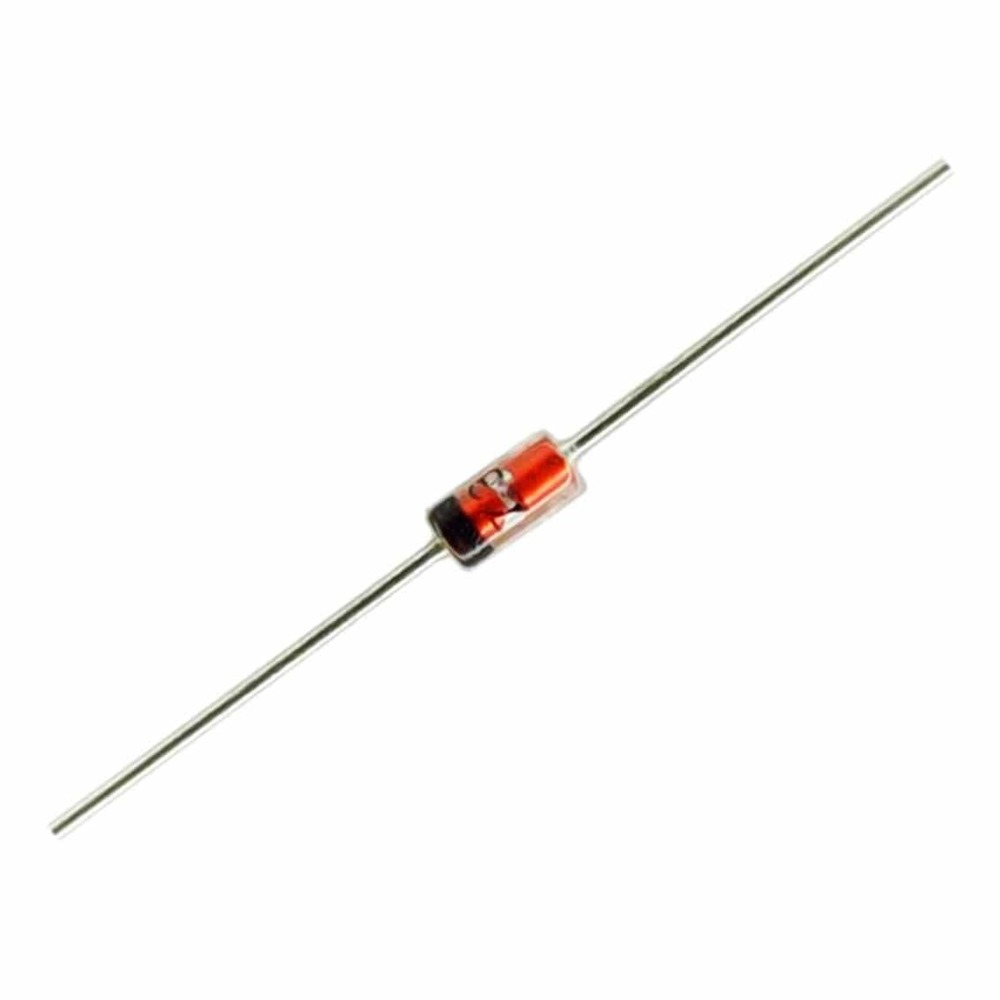
Addressing Common Questions About Zener Diodes
Zener diodes often raise questions due to their unique properties. Here are answers to common queries.
What exactly is a Zener Diode?
A Zener diode is a semiconductor device allowing current flow in both forward and reverse upon reaching a specific voltage, known as the Zener voltage. It’s a key part of many circuits for its voltage stabilization quality.
How does the Zener Voltage come into play?
The Zener voltage is critical. It’s the precise value where the diode lets current pass in reverse bias. This level is set during manufacturing and is vital for the diode’s function as a voltage regulator.
Why does the Temperature Coefficient matter?
The temperature coefficient shows how the Zener voltage shifts with temperature changes. Diodes with a lower coefficient are more stable and often more desirable in temperature-sensitive applications.
How do Zener Diodes compare to regular diodes?
Unlike regular diodes, Zener diodes are made to conduct in reverse when hitting the Zener voltage. This special ability lets them shield circuits against voltage increases and stabilize voltage levels.
What are some practical uses for Zener Diodes?
Their uses span from voltage regulation to overvoltage protection. Zener diodes are also in waveform clipping, switching operations, and as voltage references. They’re even used to guard against voltage transients.
Zener diodes are handy in many electronic applications. They ensure the right voltage is maintained and components are safeguarded. By understanding these FAQs, using Zener diodes in your circuits becomes clearer and more effective.
